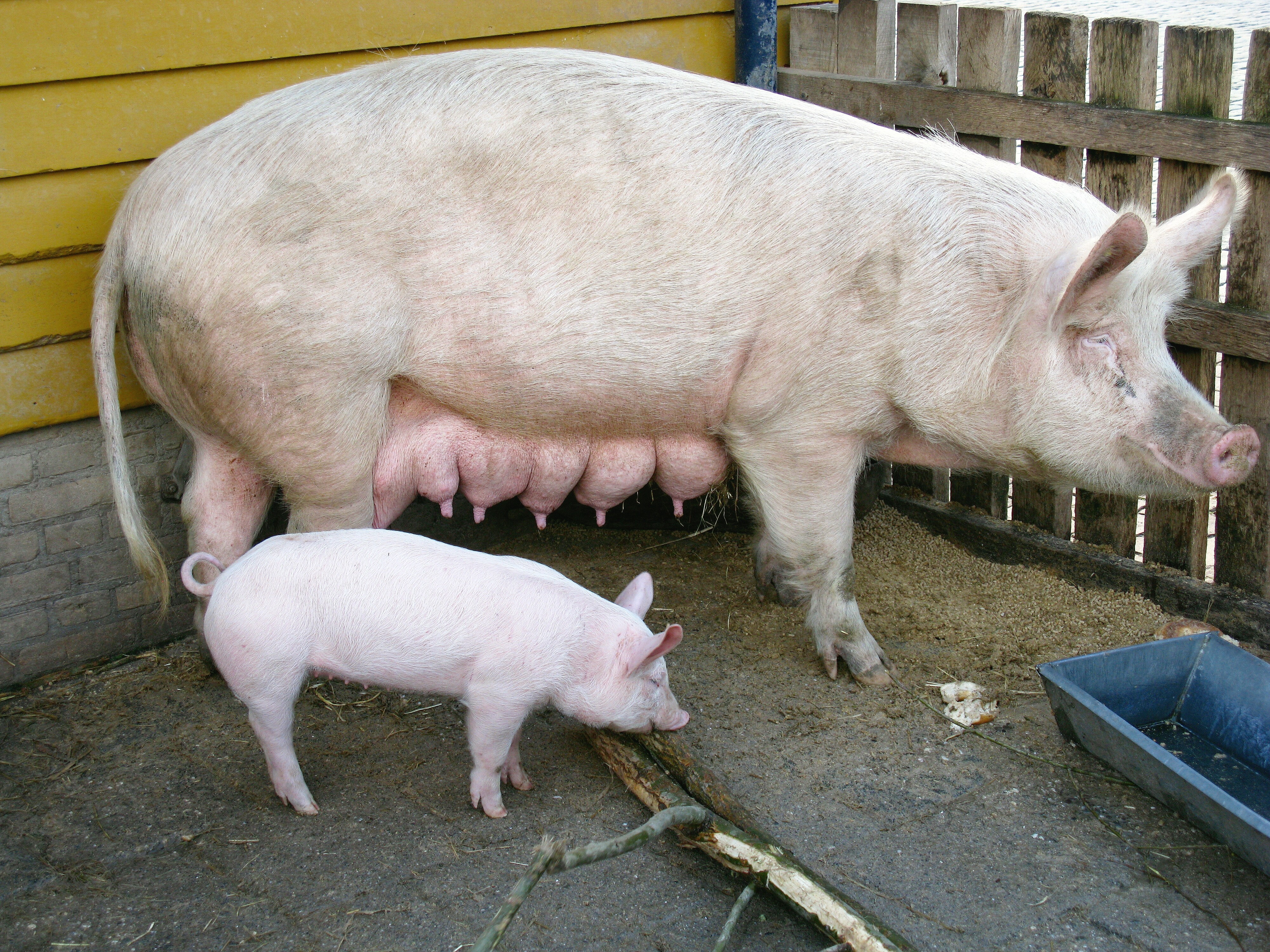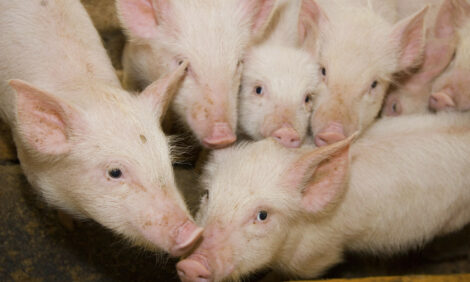



How do you reduce feed wastage in lactation?
The Prairie Swine Centre discusses the pros and cons of electronic feeding systems, and highlight solutions for reducing feed wastage Electronic feeding systems have multiple advantages over manual feed delivery including collection of feed intake data, controlled delivery of fresh feed, reduced feed wastage, and lower labour costs. However, these feed systems can be costly to install and maintain.
Electronic feeding systems have multiple advantages over manual feed delivery including collection of feed intake data, controlled delivery of fresh feed, reduced feed wastage, and lower labour costs. However, these feed systems can be costly to install and maintain.

A simple feeding system was developed by researchers at the Prairie Swine Centre to reduce this cost consisting of a feed drop tube that extends to approximately one inch above the base of the feeder, which required the sow to manipulate the tube to release small quantities of feed. A total of 45 sows and litters were randomly assigned to one of three feeding systems – manual feeding, a commercially available electronic sow feeder, or the modified system.
The type of feeding system used had no effect on sow body weight, body condition score, or back fat. Sow feed disappearance was significantly higher with manual feeding when compared to the other two feeding systems in the first two weeks of lactation, no difference was evident in the third week.
It was found that manual feeding of sows during lactation can result in higher feed usage with no corresponding increase in sow or litter productivity.
At today’s feed prices, the reduction in feed intake associated with the electronic or modified feeding system would save producers an estimated $8.50 per lactation when compared to manual feeding. Therefore, the electronic and modified feeding systems should be considered to minimise feed wastage and maximise returns.









